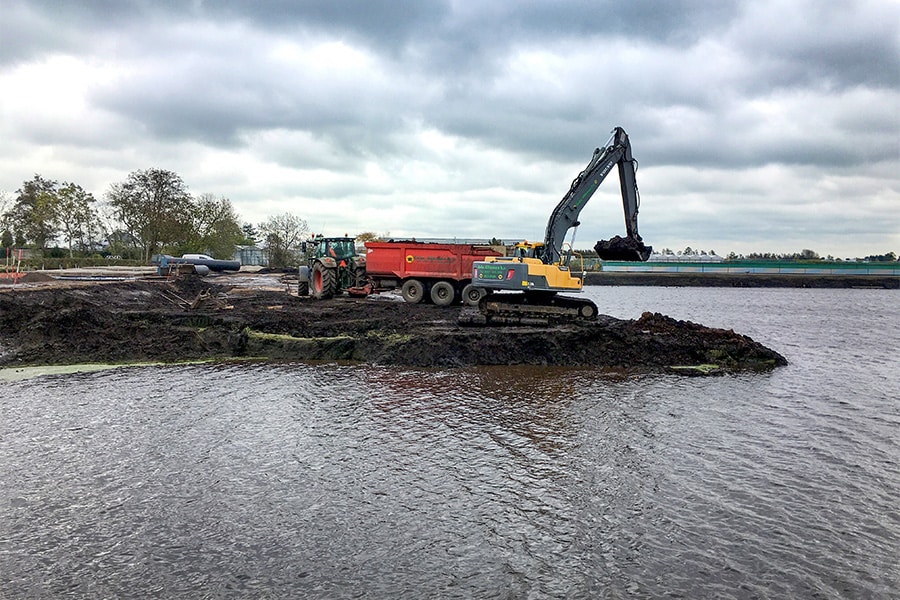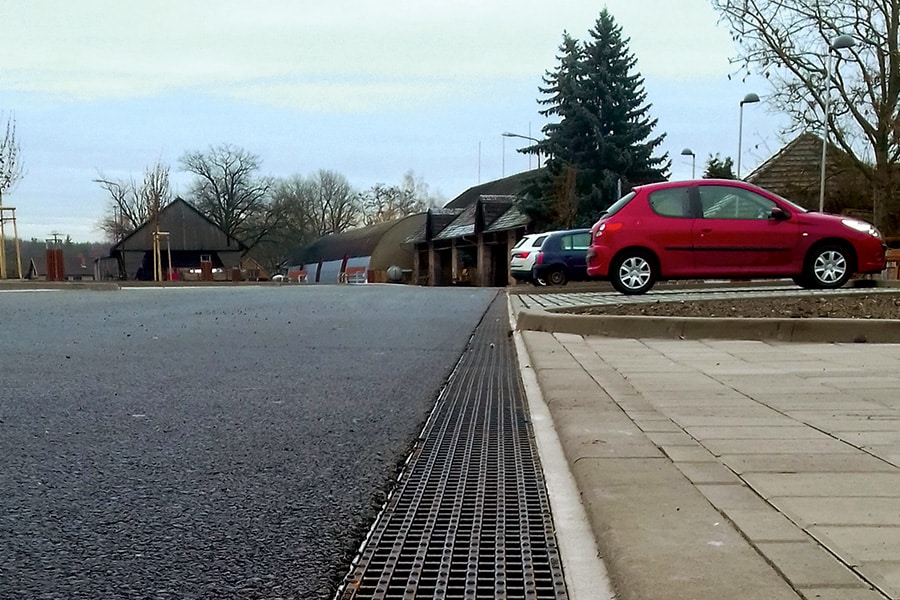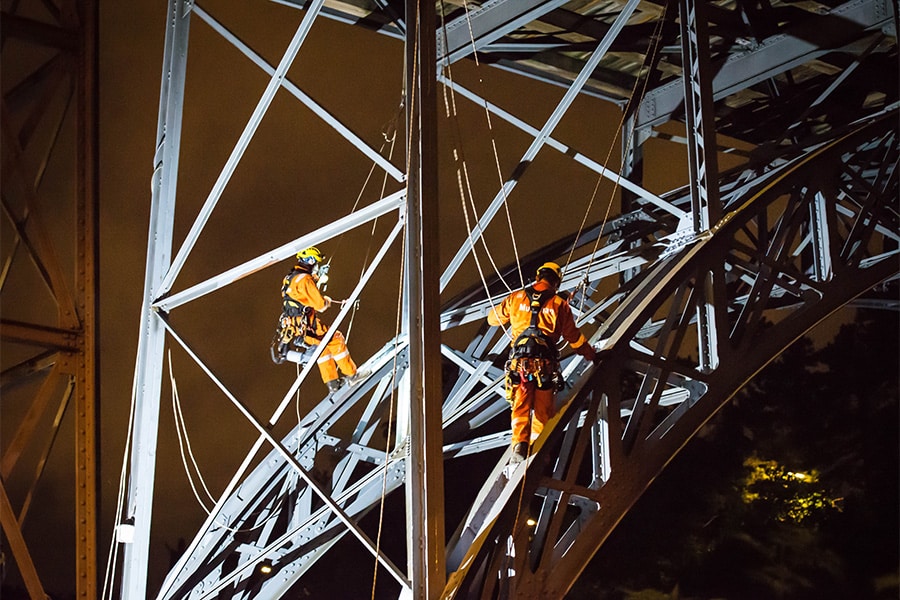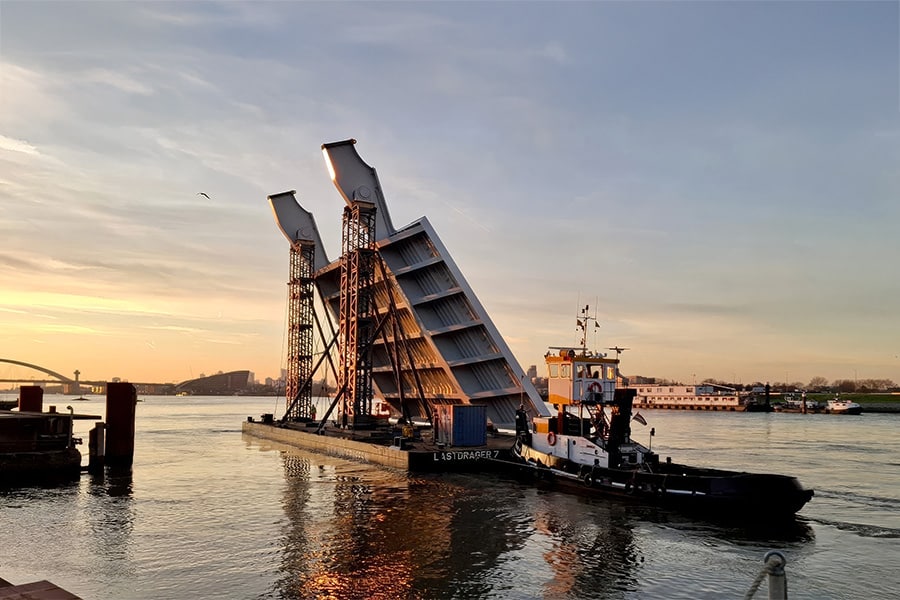
Specialist in the construction of disaster storage facilities
Water is becoming the problem worldwide. In our country, we are well aware of this and are also taking measures. In the peatlands, for example, an increase in paved surface area is subject to a compensation requirement of 15% within the relevant water level area. Gebr. Olieman, earth-moving company and trading company in high-quality peat soil, has specialized in the construction of so-called calamity storage areas that maintain the balance in the water level area.
The Netherlands is sinking, dike embankments are the order of the day. "An exercise you have to keep repeating ad nauseam," says Hans Olieman, one of the brothers. Gebr. Olieman knows the polder like the back of his hand. In the summer of 2021, the company made national news by constructing an emergency dam early in the morning due to a dike breach in their own Reeuwijk. The quick action was greatly appreciated by the water board, the dike grave and the municipality. "We have knowledge of the area and a supply of area-specific soil types. This means that we are now also frequently active in constructing calamity storage facilities."

Maintaining Balance
Gebr. Olieman operates largely around the Reeuwijkse Plassen, an area of more than 1,000 hectares that extends even further from Gouda to Zoeterwoude. "It is a water-rich area for good reason, but in dry periods half an inch of water can evaporate in a day," Hans knows. "So that means that in those periods water has to be brought in daily to keep it at the right level. So too high a water level is not desirable, because then people get their feet wet, while too low a water level causes desiccation with all its consequences. Hoogheemraadschap van Rijnland has digitally placed a grid over their working area with dozens of polder levels, sometimes only a few hundred hectares in size. The water in that level section must remain balanced. There is also a compensation obligation, whereby the filling of watercourses and the increase in paved surface area must be compensated."
Buffering clean rainwater
Gebr. Olieman has already constructed several water storage facilities, including on its own property. "We have acres of land storage ourselves that is classified as paved surface," says Hans. "To that end, we are lowering 1 acre of land and will keep it low in a controlled way in the future. Cows walk here in the summer and as soon as it rains the overflow function comes into play and this area fills up. We are also building an 8-hectare emergency storage area. Here we are going to lower the land by 50 centimeters. This area will be surrounded by a 5-meter dike in which we will make overflows that are 5 centimeters higher than the established polder level. During heavy precipitation, the polder level will rise. If that is more than 5 centimeters, the overflow is activated and the 8 hectares, which also contain a pattern of ditches, can fill up completely. The advantage is that you can buffer clean rainwater until the outside level returns to normal. So you don't have to grind it out and it stays in the area. Because everything you grind out, you have to let back in a week later, which increases salinization."
And so Gebr. Olieman currently has a number of these salvage initiatives underway from a quarter acre to the aforementioned 8 acre water storage facility. "We not only construct them, but also have an active role in the preliminary process, thinking along, coming up with a plan and presenting it to the water board. All in all, a fascinating problem at the interface of water, nature, environment, laws and regulations."




